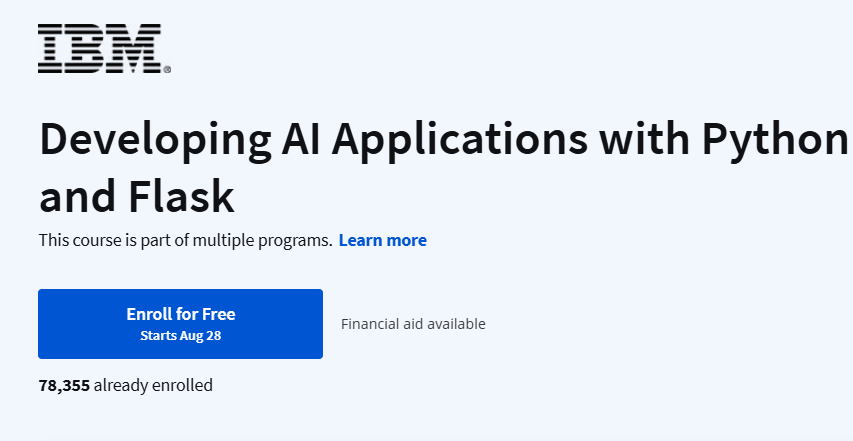class Encrypt:
def __init__(self):
self.send = ""
self.res = []
# Sender encrypts the data
def sender(self):
self.send = input("Enter the data: ")
self.res = [ord(i) + 2 for i in self.send]
print("Encrypted data:", "".join(chr(i) for i in self.res))
class Decrypt(Encrypt):
# Receiver decrypts the data
def receiver(self):
decrypted_data = "".join(chr(i - 2) for i in self.res)
print("Decrypted data:", decrypted_data)
# Usage
obj = Decrypt()
obj.sender()
obj.receiver()
#source code --> clcoding.com
Encrypted data: jvvru<11z0eqo1eneqfkpi
Decrypted data: https://x.com/clcoding

.png)































%20in%20Finance).jpg)

.png)


.png)

.png)
.png)





.png)

.png)
%20in%20Finance).jpg)
.png)
.png)

.png)
.png)




.png)

.png)

.png)
.png)






